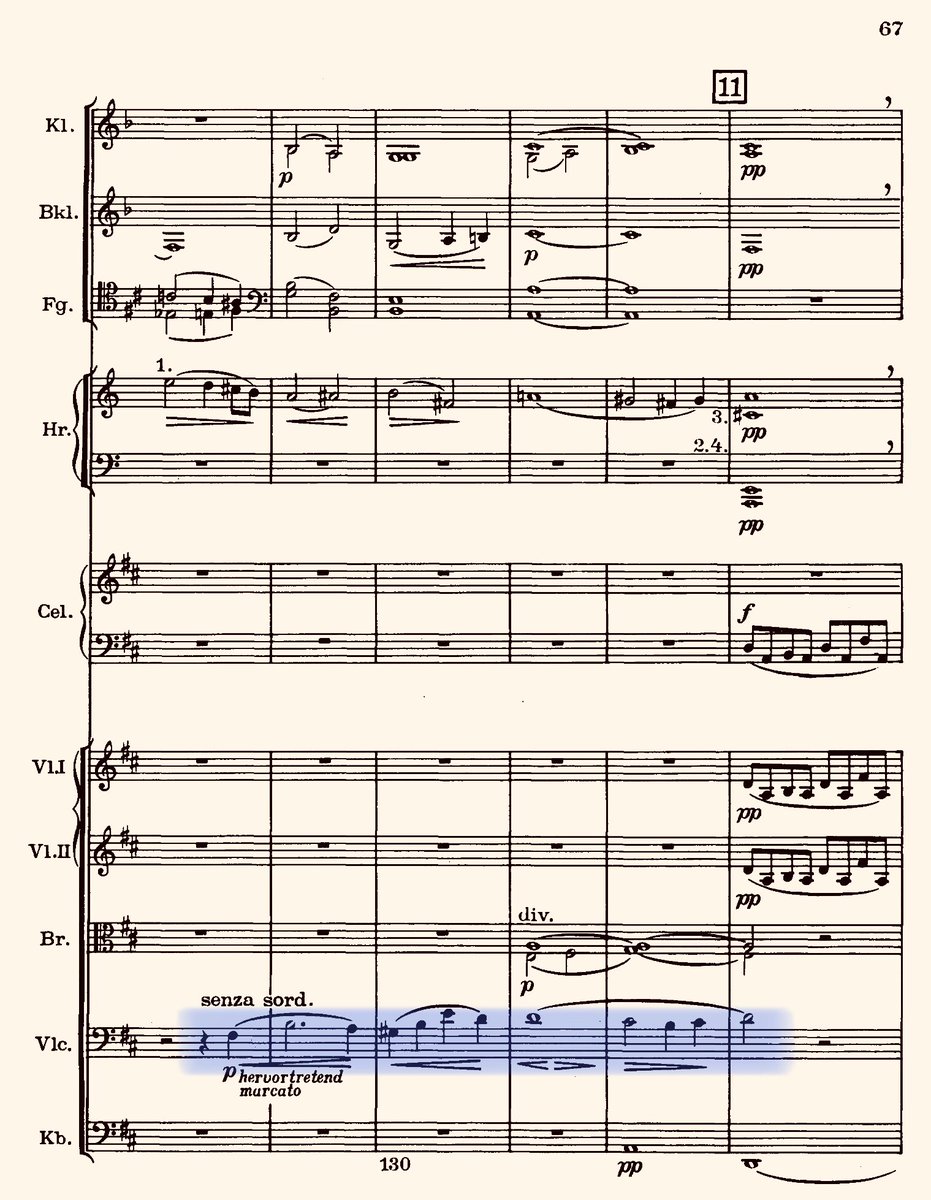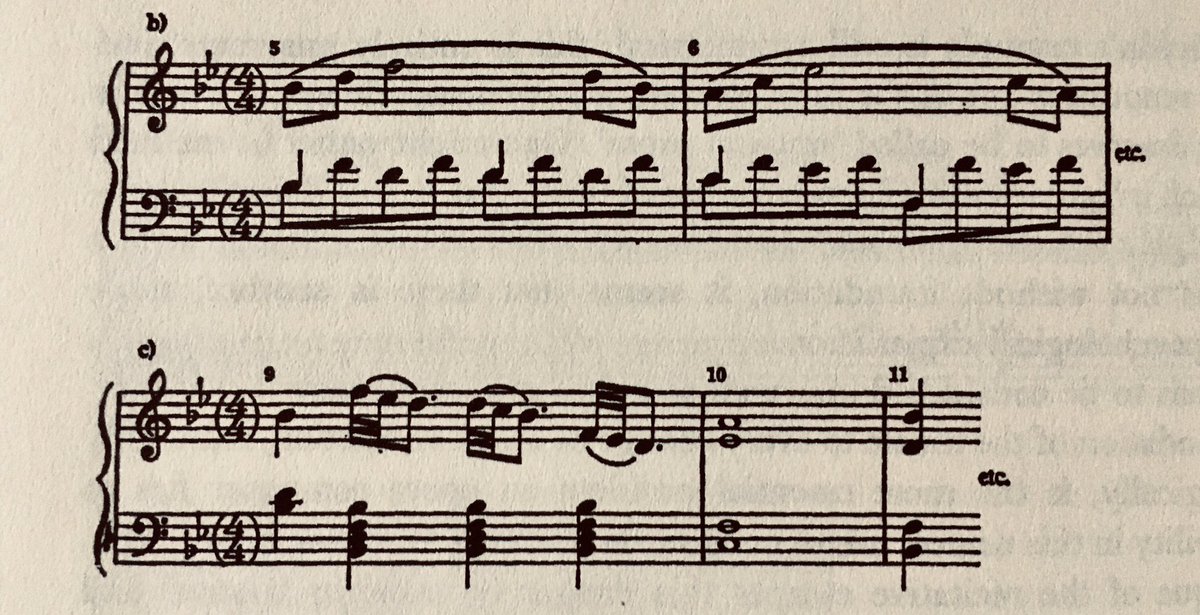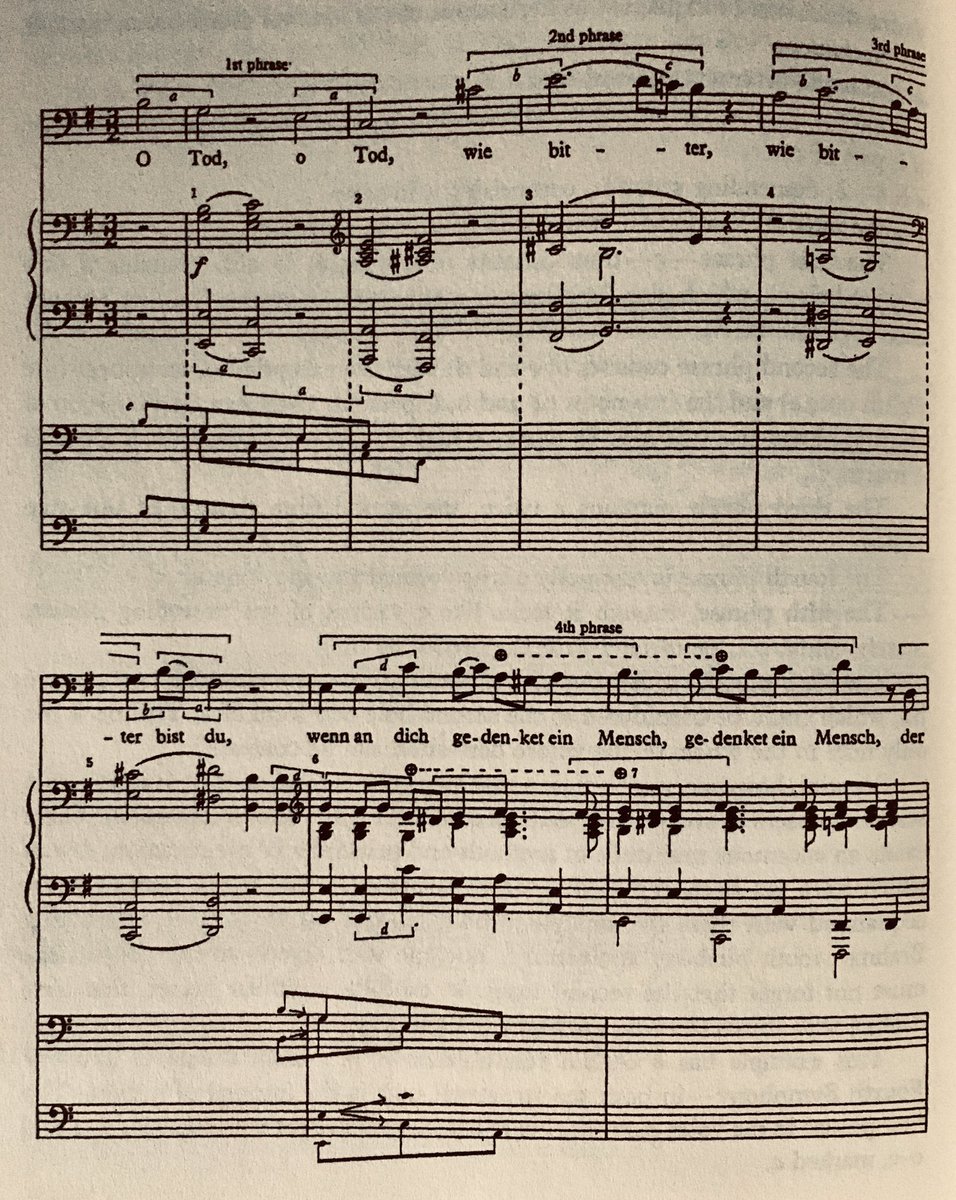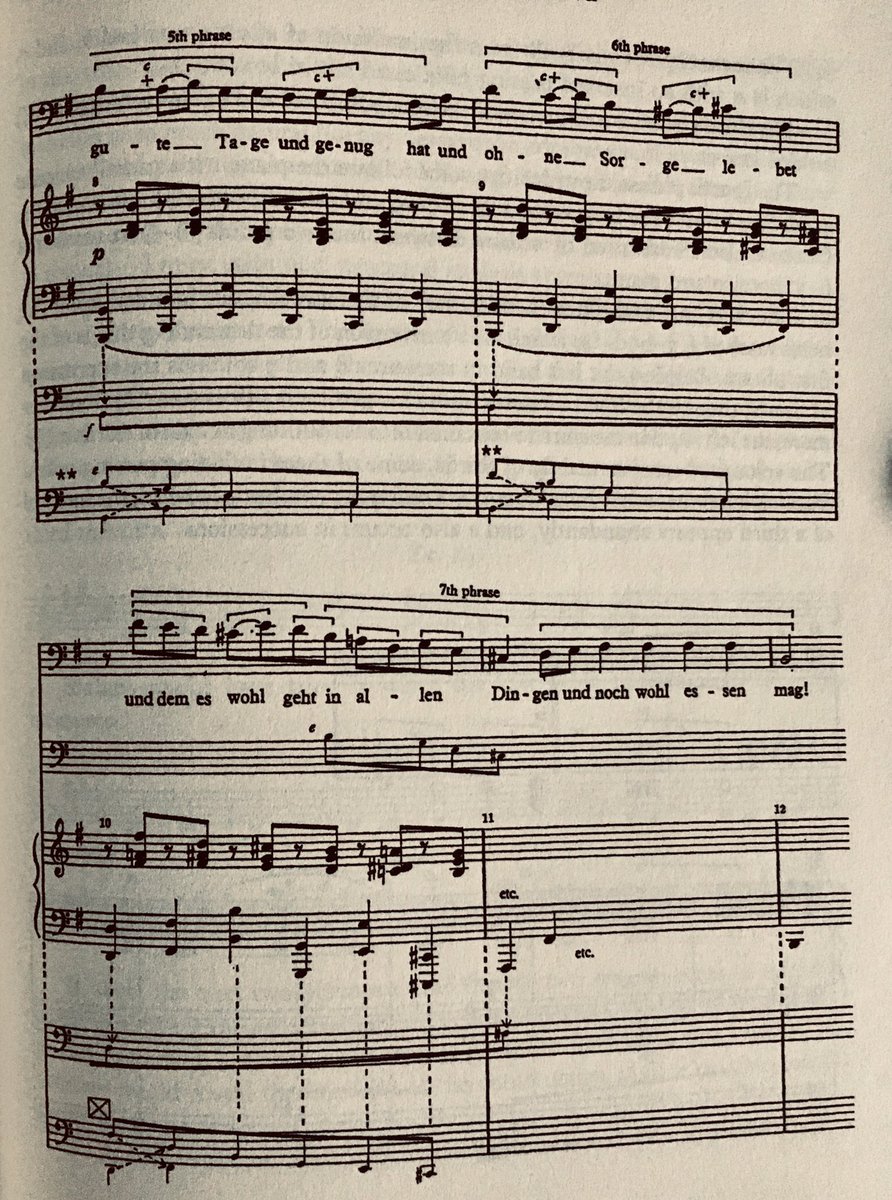Throughout musical history, there have been countless forms which composers have employed in order to express their musical ideas, like symphonies, concerti and operas for orchestral forces and quartets, trios and sonatas for smaller ensembles.
1/34
To illuminate their merits would take countless hours and countless Tweets.
2/34
When humanity first made music, they did so using the instrument born within virtually every human body; the voice.
3/34
4/34
5/34
6/34
7/34
8/34
9/34
10/34
11/34
12/34
13/34
In such vocal music, the notes are not clearly expressing something extramusical.
14/34
15/34
16/34
17/34
18/34
19/34
20/34
22/34
23/34
24/34
26/34
27/34
29/34
30/34
32/34
33/34
Have a beautiful evening everyone!
34/34











